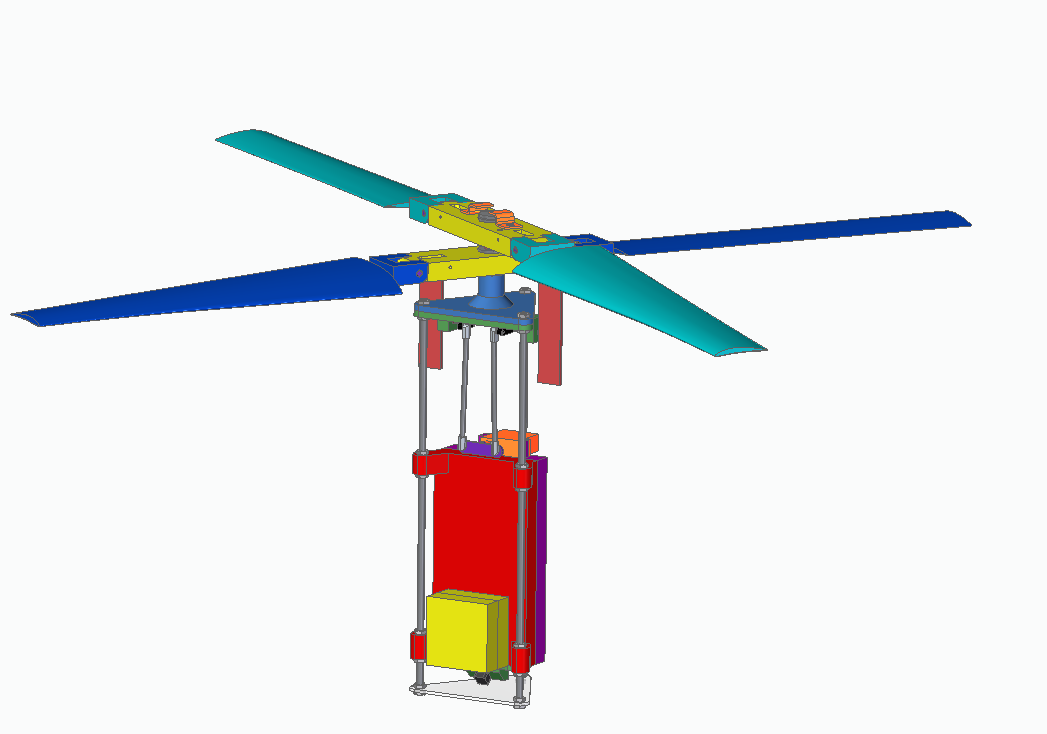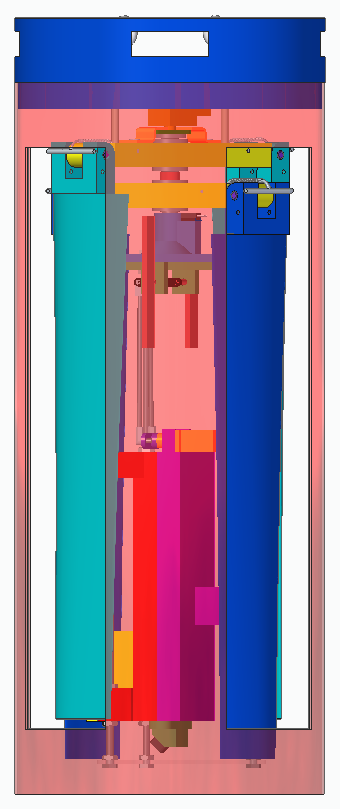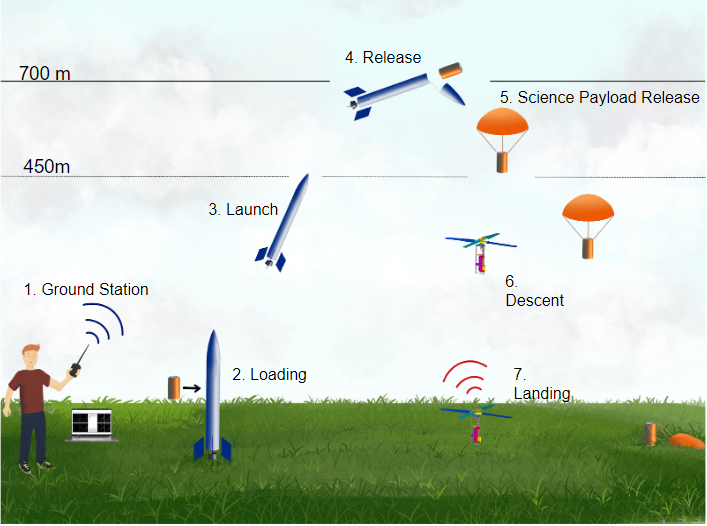UAH Cansat- Team Skyfire
In October 2018, I began working as a member of an AAS CanSat Competition Team under the UAH Space Hardware Club, named “Skyfire”. A CanSat is a simulation of a real satellite, integrated within the volume and shape of a soft drink can. The challenge for the students is to fit all the major subsystems found in a satellite, such as power, sensors and a communication system, into this minimal volume.The goal of this competition is to create a CanSat that can control it’s own decent, record footage, broadcast telemetry, and record flight data.


Personally, I am most invloved with the Mechanical, Fight Software, and Ground Station Subsystems. A majority of my mechanical design work has been in CAD modeling with computational fluid dynamics and finite element analysis of both the individual parts and assemblies. The onboard embedded flight software is being written in C and will be running on a ATmega128Au MCU. Ground station code is being written in Python using the library “pyQTGraph” and “pyQt5” with a basic Graphic User Interface.
As of April 1st, 2019, our team in tied for 3rd worldwide in the competition due to our great Preliminary Design Review presentation. For the past few weeks, early testing of our hardware, electronics, and software have been underway. This is being documented and presented in our Critical Design Review scheduled for the 15th of April.

